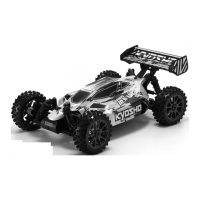
Do you have a question about the Kyosho INFERNO NEO 3.0 and is the answer not in the manual?
| Scale | 1/8 |
|---|---|
| Engine | KE21SP |
| Drive System | 4WD |
| Width | 307mm |
| Gear Ratio | 11.56:1 |
| Category | Off-road Buggy |
| Fuel Type | Nitro |
| Suspension | Independent double wishbone |
| Chassis | Aluminum |
| Ground Clearance | 28mm |
Read manual thoroughly before assembly and operation.
Emphasizes this is not a toy, for ages 14+ and experienced users.
Keep out of reach of children, seek advice from experts.
Explains hazard and prohibition symbols.
General guidelines for safe model use.
Risks of improper battery handling.
Keep away from children to prevent injury.
Avoid roads, crowded places, and areas with children.
Warnings for low battery and unusual operation.
Careful use of tools and proper ventilation for painting.
Proper storage conditions and regular checks.
Details the radio transmitter and accessories.
Identifies the main parts of the model.
Lists the tools provided in the kit.
Lists compatible battery types and chargers.
Initial ESC settings for battery types.
Proper AA battery installation and terminal checks.
Specifies the Phillips screwdriver provided.
Rules for using the 2.4GHz frequency band.
Safe handling of the transmitter and antenna.
Precautions for the receiver antenna installation.
Identifies controls like trims, triggers, and indicators.
Details trim and dual rate settings.
Explains motor direction and status lights.
Inserting batteries and understanding the LED.
Connecting the transmitter and receiver signals.
Guidelines before charging the battery.
Mounting the car's body shell and antenna.
Setting for Li-Po or NiMH battery types.
Connecting power and control systems.
Procedure for installing one battery.
Correct order for safe operation.
Verifying correct steering response.
Adjusting steering angle limits.
Fine-tuning steering neutral position.
Verifying throttle control and trim.
Gentle control of the throttle trigger.
Configuring motor stop on signal loss.
Automatic shutdown due to overheating.
Preventing battery over-discharge.
Securing the car's body shell.
Connecting and programming the ESC.
Setting throttle limits.
Understanding status signals.
List of adjustable parameters.
Overview of common settings.
Procedure for changing settings.
Navigating menus and choosing values.
Forward/Brake or Forward/Reverse/Brake modes.
Automatic detection or manual setting.
Thresholds for battery protection.
Low, Medium, and High settings.
Overheating shutdown and motor spin direction.
Setting voltage for servos.
Adjusting brake force and reverse speed.
Adjusting throttle response.
Setting neutral throttle braking.
Adjusting the throttle trigger movement range.
Power, binding, and signal issues.
Alignment and throttle trim problems.
Performance and mechanical problems.
Voltage, current, and protection features.
Weight and dimensions of the ESC.
Proper grip and gentle operation.
Basic car control exercises.
Fine-tuning control and pushing limits.
Improving turning and handling skills.
Statement of compliance with RED 2014/53/EU.
Contact list for European regions.
RF exposure and user authority warnings.
Manufacturer's contact information.


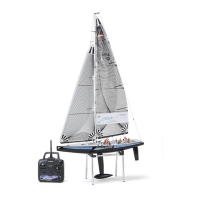


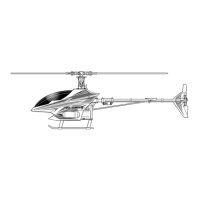
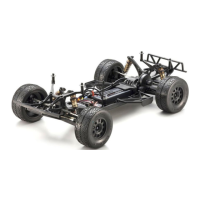
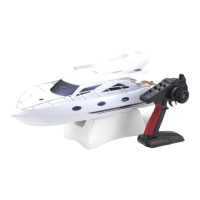

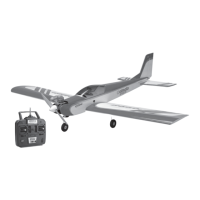

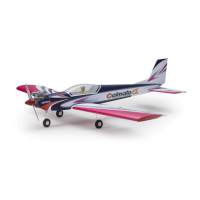
